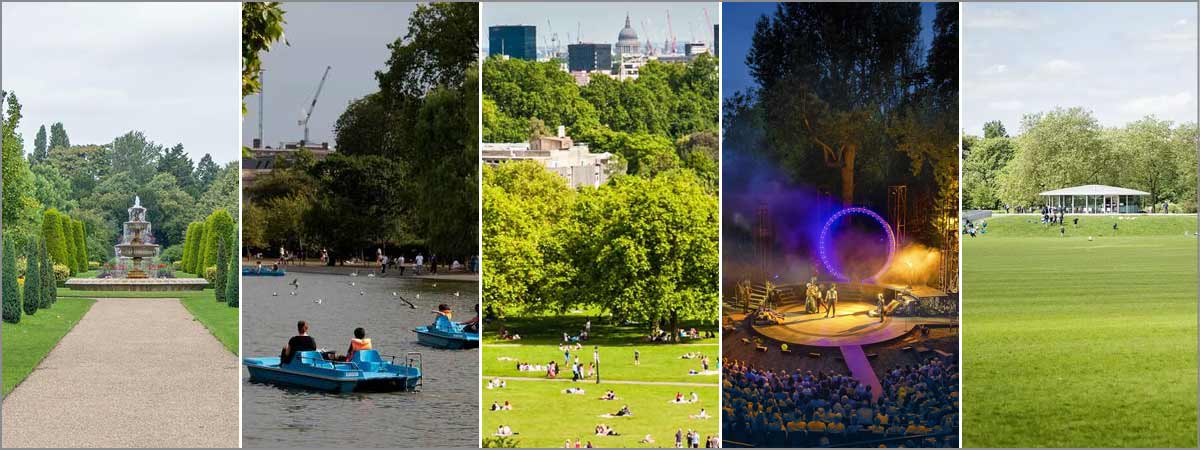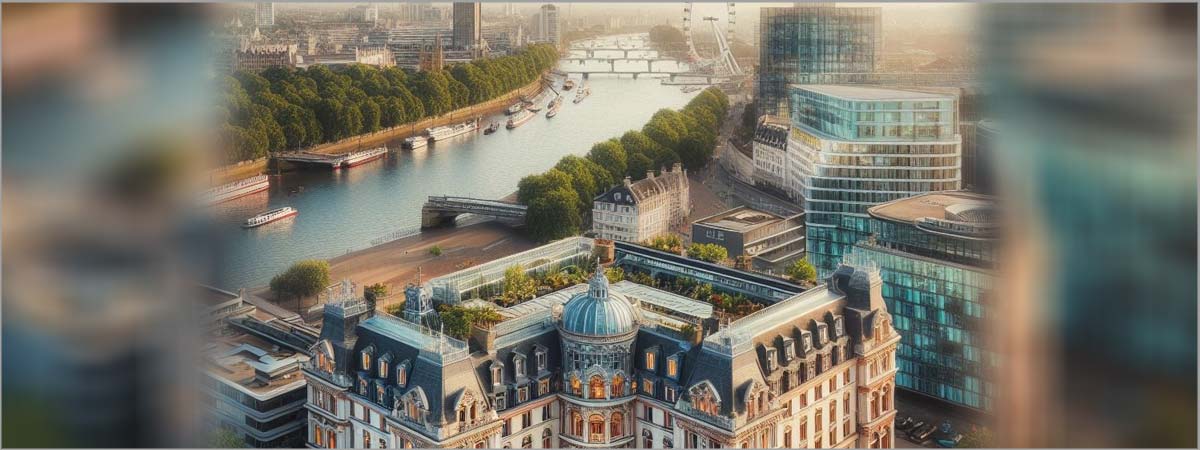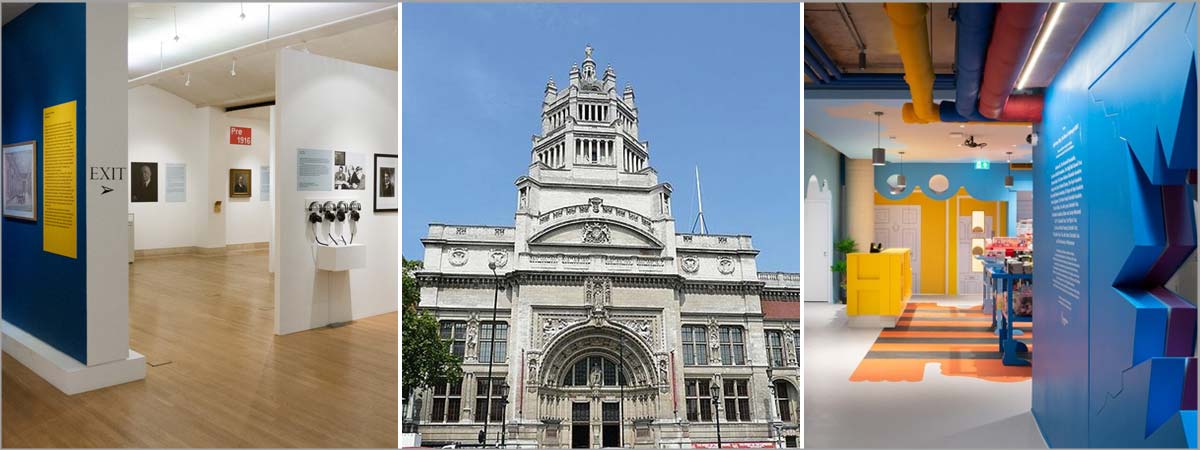London is a city full of green spaces and parks, where you can enjoy nature, relax, play, and admire the views. Whether you are looking for a romantic spot, a family-friendly area, or a hidden gem, you will find a park that suits your needs and preferences. But which park is the most beautiful in London? This is a hard question to answer, as beauty is in the eye of the beholder, and each park has its own charm and character. However, based on some criteria such as size, scenery, history, and facilities, we have selected one park that stands out among the rest as the most beautiful park in London. And the winner is… Regent’s Park!
- Why Regent’s Park is the most beautiful park in London: Regent’s Park is one of the largest and most diverse parks in London, covering 197 hectares (487 acres) of land in the heart of the city. It was designed by the famous architect John Nash in the early 19th century, and it features a stunning combination of formal gardens, open spaces, water features, and architectural elements. Regent’s Park is not only beautiful, but also full of attractions and activities for all ages and interests. Here are some of the reasons why Regent’s Park is the most beautiful park in London:
- The gardens: Regent’s Park boasts some of the most beautiful and varied gardens in London, where you can admire thousands of flowers, plants, and trees from different regions and seasons. The most famous garden is Queen Mary’s Gardens, which contains more than 12,000 roses of 400 varieties, making it one of the largest collections of roses in the country. Other gardens include the Avenue Gardens, with its symmetrical flower beds and fountains, the English Gardens, with its informal and naturalistic style, and the Wildlife Garden, with its native and exotic species.
- The lake: Regent’s Park has a large and picturesque lake, called the Boating Lake, which offers stunning views of the park and the city skyline. You can rent a rowing boat or a pedal boat and explore the lake, or join a guided tour on the Solarshuttle, a solar-powered boat that runs between the two ends of the lake. You can also enjoy the sight of the waterfowl that inhabit the lake, such as swans, ducks, geese, and herons.
- The zoo: Regent’s Park is home to one of the oldest and most famous zoos in the world, the ZSL London Zoo, which houses more than 18,000 animals of 750 species. You can see lions, tigers, gorillas, penguins, giraffes, and many more, as well as learn about their conservation and welfare. The zoo also has a range of exhibits and experiences, such as the Land of the Lions, the Rainforest Life, the Butterfly Paradise, and the Animal Adventure.
- The theatre: Regent’s Park has a unique and popular attraction, the Open Air Theatre, which is the only permanent outdoor theatre in London. The theatre stages a variety of shows, from Shakespearean plays and musicals to comedies and children’s shows, in a beautiful setting surrounded by trees and plants. The theatre also has a bar and a restaurant, where you can enjoy a drink and a meal before or after the show.
- The sports: Regent’s Park is a great place for sports and fitness enthusiasts, as it has one of the largest outdoor sports areas in central London. You can play football, rugby, cricket, tennis, netball, and more, or join a fitness class or a running club. You can also use the Trim Trail, a circuit of exercise stations around the park, or the Hub, a sports facility that offers changing rooms, showers, lockers, and a café.
Conclusion:
Regent’s Park is the most beautiful park in London, as it offers a stunning and diverse landscape, a range of attractions and activities, and a rich and fascinating history. Whether you want to relax, explore, or have fun, you will find something to suit your mood and taste in Regent’s Park. And if you are looking for a comfortable and convenient place to stay near Regent’s Park, you can book a room at LondonTownHotels.co.uk, where you can find the best deals and offers for hotels in London.





